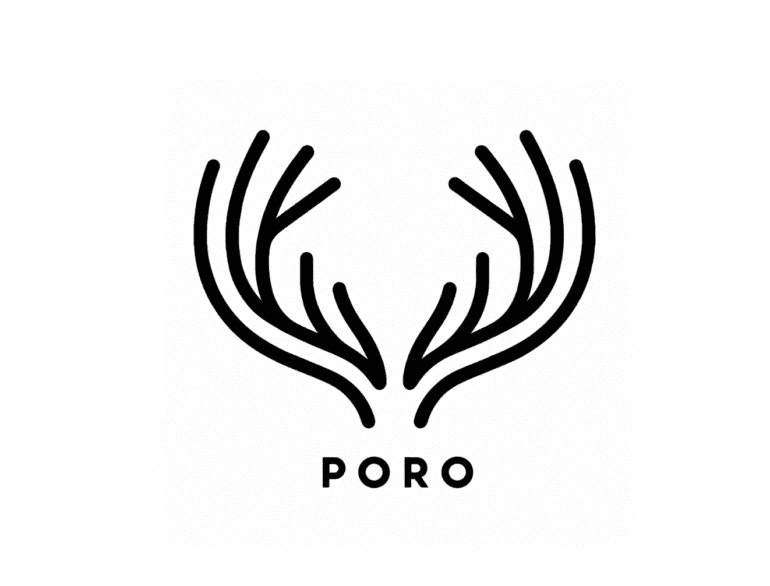TL;DR:
- Finnish AI startup introduces Poro, an open-source language model.
- Poro aims to cover all 24 European Union languages.
- The cross-lingual training approach enhances performance for less-resourced languages.
- Poro 34B model with 34.2 billion parameters shows state-of-the-art results.
- Poro is poised to match or surpass English language models.
Main AI News:
In the ever-evolving landscape of artificial intelligence, developing large-scale language models for European languages with comparatively limited datasets has remained a formidable challenge. Tech companies worldwide have been diligently addressing this issue, and the latest breakthrough comes from a pioneering startup headquartered in Helsinki, Finland.
Prior to this groundbreaking development, the available language models were often tailored to specific languages, leaving much room for improvement when it came to languages with scarce data resources. The inherent challenge lies in the need to comprehensively capture the unique nuances, cultural subtleties, and value foundations of each European language. The existing solutions, while commendable, were constrained in their inclusivity.
Enter Poro, the brainchild of a Finnish AI startup. Poro represents an open-source solution poised to revolutionize the landscape. It is a colossal language model designed with the ambitious goal of encompassing all 24 official languages of the European Union. The driving idea behind Poro is to foster a family of models that can grasp and eloquently represent the rich tapestry of European languages. The startup firmly believes that this pursuit holds pivotal significance for digital sovereignty, ensuring that the intellectual capital generated by these models remains firmly rooted in the European domain.
Poro has been meticulously engineered to confront the formidable task of training language models for languages that grapple with limited available data, Finnish being a prime example. Its approach is rooted in cross-lingual training, harnessing the wealth of data from higher-resourced languages like English to fortify its proficiency in handling lower-resourced languages.
The flagship Poro 34B model boasts a staggering 34.2 billion parameters and leverages a unique architectural framework known as the BLOOM transformer, complemented by ALiBi embeddings. Its training draws from an extensive multilingual dataset, encompassing both natural languages and programming languages such as Python and Java. The entire training process unfolds on one of Europe’s most potent supercomputers, delivering unparalleled computational prowess.
Throughout the arduous journey of model development, the startup consistently shares checkpoints that illuminate the model’s progress. Even at the 30% completion mark, Poro has demonstrated a state-of-the-art performance. In empirical tests, it has outshone pre-existing models in the realm of Finnish language processing and is poised to rival, if not surpass, the benchmark set by the English language models. This remarkable achievement marks a significant stride forward in Europe’s quest for cutting-edge multilingual AI capabilities.
Conclusion:
Poro’s emergence signifies a significant step in the European AI market. By addressing the challenge of multilingual AI, it opens doors for enhanced language processing capabilities across diverse European languages. This innovation has the potential to fuel growth in various sectors reliant on AI, from natural language processing applications to broader digital sovereignty initiatives in Europe.

